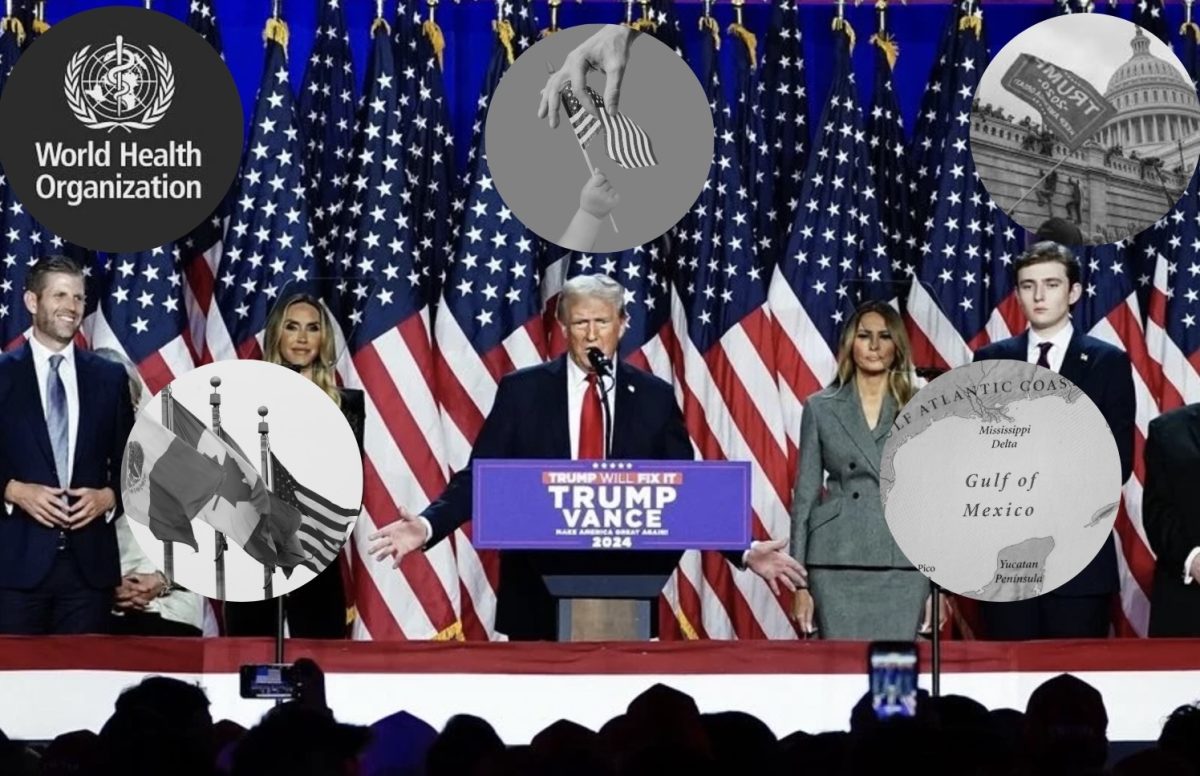WASHINGTON — After another dismal jobs report Friday, there’s a growing expectation that the government will take new steps to spark the economy.
As bad as the Labor Department report was, however, some other indicators point to an economic recovery that will bring benefits when growth accelerates.
The U.S. economy shed a worse-than-expected 95,000 jobs in September, leaving the unemployment rate unchanged at 9.6 percent.
Private-sector employment rose by 64,000 jobs, but federal and local government layoffs exceeded them, totaling 159,000. Of those, 77,000 were temporary federal census workers, while local governments trimmed payrolls by 76,000 — many of them teachers.
That’s a trend that is expected to worsen. In a research note, Alan Levenson, the chief economist for investment manager T. Rowe Price, noted that “downsizing at state (and) local governments began later than in private industries, and will restrain the rebound in total employment even if … private industry hiring picks up gradually in the months ahead.”
In September, 14.8 million Americans were jobless, 6.1 million for more than six months, but that’s down by 640,000 from the peak in May. A broader unemployment measure — including those who’ve given up seeking work, or are working part time but want full time — rose by 400,000 to 17.1 million, the highest it’s been since December.
President Barack Obama tried to put a good face on the job numbers, speaking before cameras at a factory in Bladensburg, Md., just outside Washington.
“We’ve now seen nine straight months of private-sector job growth,” Obama said, acknowledging that it’s insufficient to reduce the unemployment rate. “We have to do everything we can to accelerate this economy.”
Some signs of economic life emerged from the otherwise bleak report. Health care added 24,000 jobs, and the leisure and hospitality sector gained 34,000.
However, construction slumped again, by 21,000, and manufacturing lost 6,000.
Temporary jobs rose by 16,900, usually a first step toward full-time hiring.
“The expansion of temps is partially good news. It does portend for converting these workers to permanent hires. However, there is also a longer-standing trend to move towards temp workers exactly for the reason (that) they are less costly than full-time workers,” said Joel Prakken, the chairman of forecaster Macroeconomic Advisers. “So some of this rise in temps I think is just the way labor markets are going, and some of it is related to hopeful uncertainty about the future strength of the economy.”
There are other reasons for optimism.
“The pre-conditions for a better job market are coming into place. Corporate profits are surging and corporate balance sheets are strong. It is increasingly no longer a question of can businesses expand, but are they willing,” said Mark Zandi, the chief economist for forecaster Moody’s Analytics. “As we get into next year and the policy uncertainty fades and more time passes since the nightmare of the Great Recession, businesses will become more emboldened and begin to hire.”
For now, he said, the economy is in a slow-growth mode, adding an average of about 75,000 private-sector jobs a month on average — not enough to reduce unemployment.
“This is about half the monthly job growth needed to forestall a further increase in unemployment, which is headed back towards double digits. Businesses are no longer laying off workers, but they remain very reluctant to hire, given a lack of credit for small businesses and a lack of confidence across all businesses,” Zandi said.
A new survey of confidence among chief executives released Friday by the nonprofit forecaster The Conference Board found that their sentiment has dipped considerably. CEO confidence had been unchanged from April to June, but it tumbled from July to September.
“CEOs are much more pessimistic about the short-term outlook. Only 22 percent of business leaders expect economic conditions to improve in the next six months, down from 48 percent last quarter,” the group said. “Expectations for their own industries are also downbeat, with about 28 percent of CEOs anticipating an improvement in the months ahead, down from 43 percent last quarter.”
Since Congress has little appetite to spend more to aid the economy, the focus is now on the Federal Reserve. It could set the table to spur growth at the Nov. 2-3 meeting of its rate-setting Federal Open Market Committee.
Several Fed governors, an apparent majority, now publicly support the purchase of long-term government bonds to help reduce borrowing rates even more. Other Fed governors, however, have said that they want to see clearer signs that the economy won’t rebound on its own before intervening in bond markets in ways that could lead to higher inflation.
“The next FOMC meeting will be like the Mad Hatter’s Tea Party — we just wish we could be a fly on the wall!” RDQ Economics wrote Friday.
Nigel Gault, the chief U.S. economist for forecaster IHS Global Insight, sees few remaining levers to spark the economy.
“Major fiscal stimulus shot its bolt last year, and now has such a bad image that — justifiably or not — another big package is politically impossible. That is unfortunate because in present circumstances — with short-term interest rates already at zero — monetary policy options are limited,” he said in a research note Friday. “It would probably give a boost to confidence if the government could clarify whether taxes will be going up in 2011, but even that limited objective has proved impossible to deliver.”
Friday’s jobs report was the last before November’s elections, and Republicans eagerly cited it.
“According to the Obama administration’s own projections, unemployment should now be at roughly 7 percent on account of the ‘stimulus,’ but instead it now stands at 9.6 percent. In fact, unemployment is higher than the Obama administration said it would be if we had not passed the ‘stimulus’ at all,” House Minority Leader Rep. John Boehner, R-Ohio, said in a statement soon after the report’s release.
Minutes later, Senate Republican leader Mitch McConnell of Kentucky said in a statement, “With each passing month, and each new jobs report, it becomes increasingly clear that while massive Washington spending is growing the size of government, it’s clearly not growing sustainable private-sector jobs.”
———
SEPTEMBER BY THE NUMBERS
—Construction, down 21,000.
—Transportation and warehousing, up 9,600.
—Trade, up 16,000
—Financial services, down 1,000.
—Leisure and hospitality, up 38,000.
—Manufacturing, down 6,000.
—Health care, up 23,900.
—Government, down 159,000.
—Retail trade, up 5,700.
—Professional and business services, up 14,000.
—Temporary help services, up 16,900.








